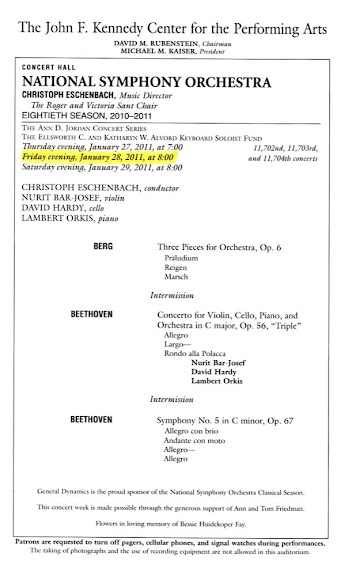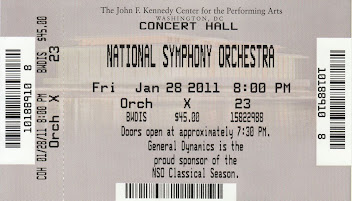Gopnik, B., National Portrait Gallery's 'Hide/Seek' finds a frame for sexual identity, Washington Post, November 5, 2010. With the possible exceptions of George Bellows, Marsden Hartley, and Andy Warhol, I didn't find paintings particularly interesting. The photography section though was exceptionally strong; among the artists presented were Thomas Eakins, Berenice Abbot, Henri Cartier-Bresson, Carl Van Vechten, Robert Mapplethorpe, and many others; perhaps, not as famous but no less impressive.

|

|
| Thomas Eakins (1844–1916) Walt Whitman, 1891 |
Robert Mapplethorpe (1946–1989) Self-Portrait, 1988 |

|

|
| Berenice Abbott (1998–1991) Janet Flanner, 1923 |
Peter Hujar (1934–1987) Susan Sontag, 1975 |

|

|
| Carl Van Vechten (1880–1964) Hugh Laing and Antony Tudor, 1940 |
George Platt Lynes (1907–1955) Marsden Hartley, 1942 |
Trescott, J., 'Hide/Seek' visitors register their opinions, Arts Post, February, 10, 2011.


